The Racers Who Funded Their Teams Through Drug Smuggling
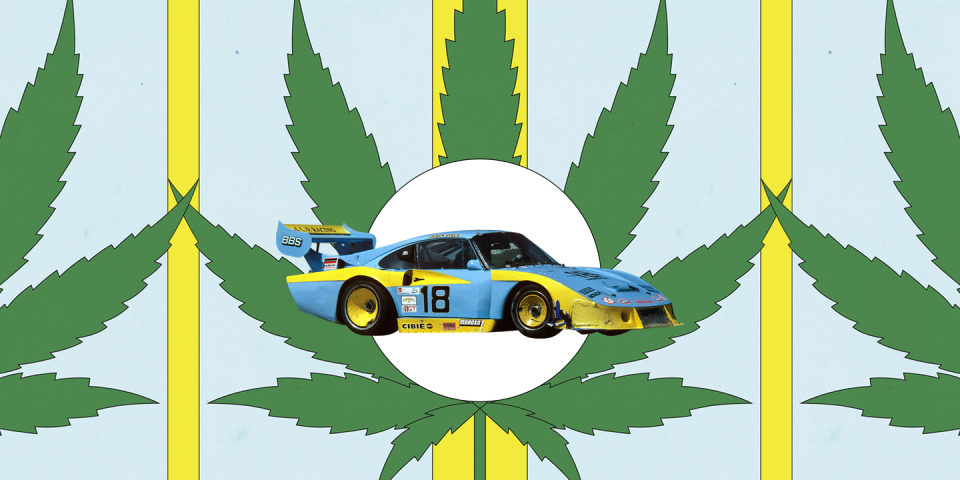

John Paul Sr.

From Harvard-educated mutual-fund manager to a two-time fugitive from the law, convicted attempted murderer, marijuana smuggler, angry jerk, failed jail-breaker, and a man around whom two women went permanently missing. John Paul Sr. spent 13 years in prison for firing five .38-caliber bullets into a former associate and federal witness in a drug-trafficking case in 1983. His conviction on that charge didn’t come until 1986, though, because he jumped bail and spent a couple years in hiding before being apprehended in Switzerland. After getting paroled in 1999, Paul vanished again, not long after his girlfriend went missing. His whereabouts remain unknown. But for a while the money from his weed-smuggling business bought Paul and his son, John Paul Jr., some of the nicest, most advanced racing cars on the planet, typically painted baby blue with yellow accents. The cars ran without sponsorship, because sponsorship money was not necessary. John Paul Jr. spent five years in prison on a racketeering conviction for his involvement in the family business, derailing a promising career racing Indy cars.

Randy Lanier

A small-time weed dealer and high-school dropout from South Florida, Lanier eventually made it big as a major marijuana smuggler in the ‘80s. At the same time, the luxuriantly mustached Lanier took up racing, first in IMSA endurance competition and eventually with a run at the 1986 Indy 500, where he took Rookie of the Year honors. Along the way, he teamed up with the Whittington brothers (more on them in a minute) to create Blue Thunder Racing and win the 1984 IMSA championship with a lavishly funded March prototype. Yes, the team is named for the 1983 Roy Scheider helicopter action flick of the same name. In 1988, Lanier was convicted of smuggling and distributing 300 tons of Columbian marijuana and sentenced to life without the chance of parole as the kingpin of a continuing criminal enterprise. He was released in 2014, for reasons that have not been made public. During his time at Leavenworth, Lanier took long walks in the prison yard with fellow inmate John Paul Sr., reminiscing about their racing days.
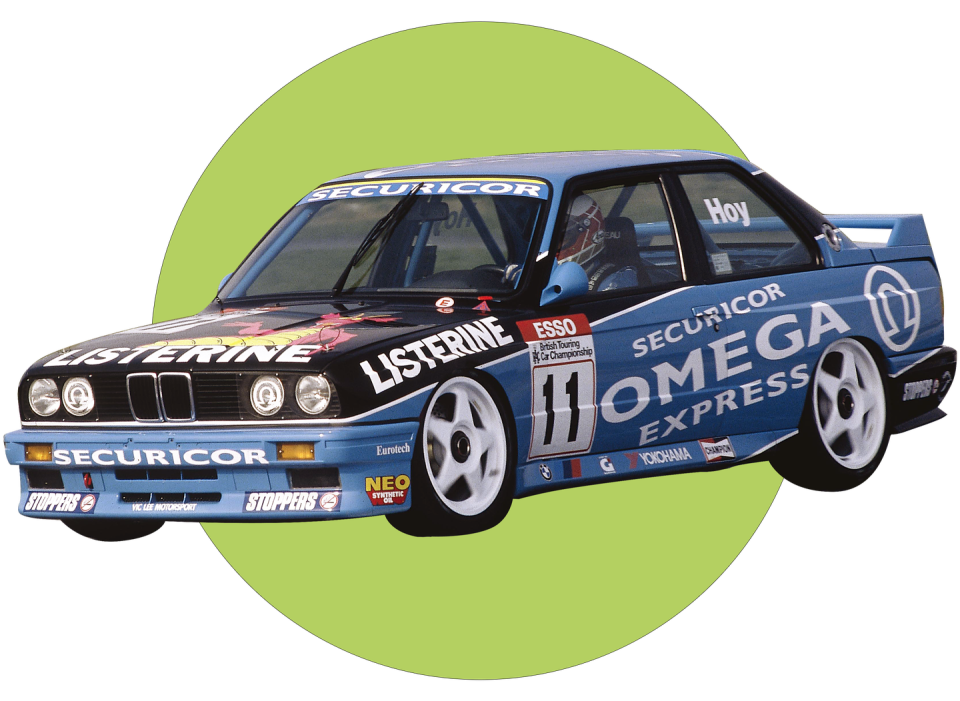
Vic Lee
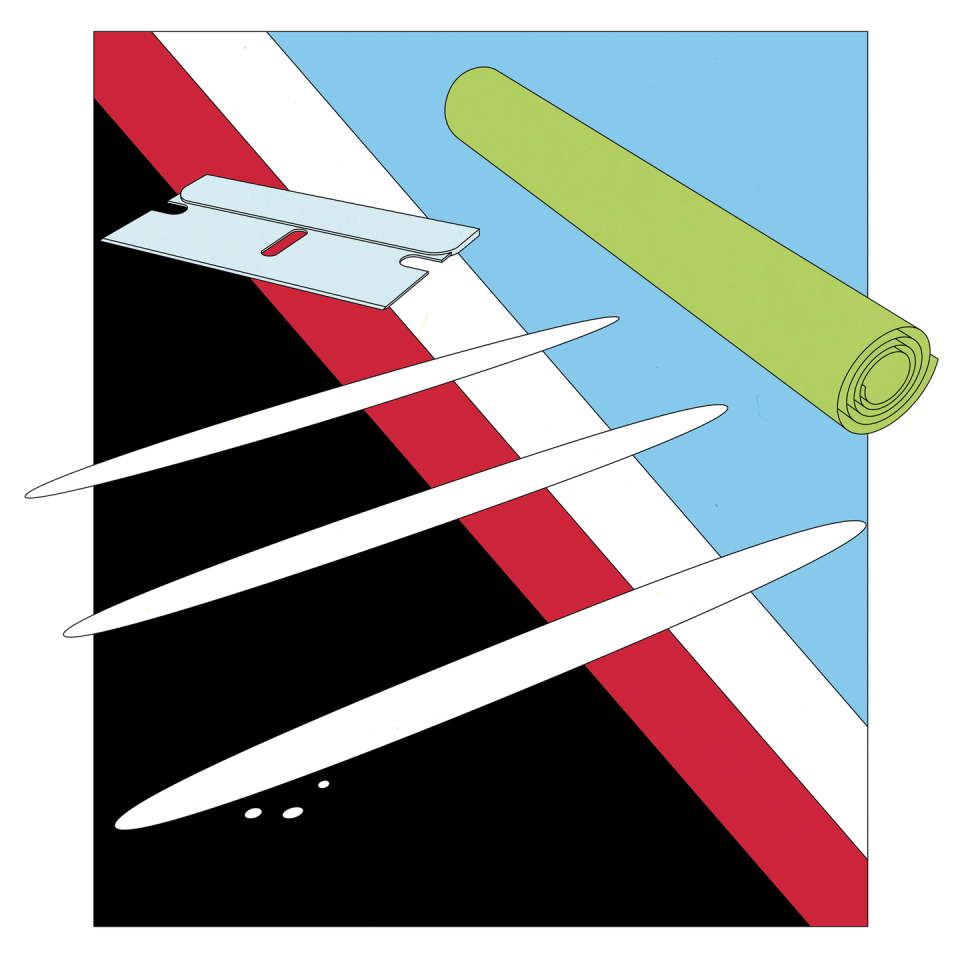
Two of the biggest moments in the life of British Touring Car Championship team owner Vic Lee involved BMW M3s. The first was the clinching of the 1991 BTCC championship for driver Will Hoy in one of Lee's Listerine-sponsored BMWs. The second was when police caught him in 2005 with 19 kilograms of cocaine in the trunk of his M3 while parked at a U.K. Holiday Inn. Lee wasn’t new to the cocaine business. He was convicted in 1993 of smuggling 41 kilos of the stuff into Britain from the Netherlands using his race transporters. Just so everybody is clear on this: Racing transporters are to be used to transport race cars and associated racing accoutrements, not cocaine. BMWs on the other hand...

Don and Bill Whittington

The joke in the ‘80s was that IMSA (the premier sanctioning body of American sports-car racing) stood for International Marijuana Smugglers Association. It was funny because it was true. How much weed did Don and Bill Whittington import into the U.S.? Well, at least enough that the brothers showed up at the 1979 running of the 24 Hours of Le Mans with a duffle bag filled with enough cash to not only buy each of them a seat in the Porsche 935 K3 that would win that year, but also to purchase the car itself on a whim. In cash. From a duffle bag. The brothers also bought the Road Atlanta racetrack, where they allegedly landed planes filled with contraband on the back straight in the middle of the night. Like Lanier and the Pauls, the Whittingtons had racing talent, each eventually running in the Indy 500 and dabbling in NASCAR competition. But eventually, the pretend sponsorships they sometimes plastered on cars wasn’t enough to fool the Feds. In 1986, Bill pleaded guilty to income-tax evasion and conspiracy to smuggle marijuana. A year later, Don pleaded guilty to money-laundering charges.
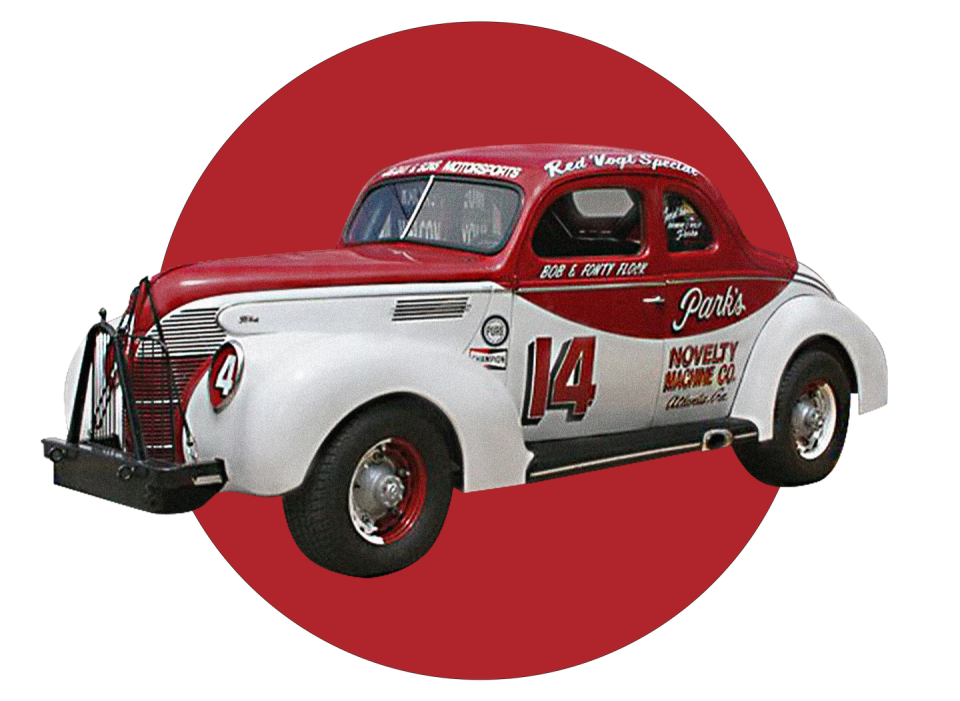
Raymond Parks

Raymond Parks, a bootlegger since he was a teenager in the 1930s, didn’t just fund his race team with ill-gotten proceeds. He also hired moonshiners Lloyd Seay, Roy Hall, and Tim and Fonty Flock to drive for him. He built a small business empire of (legal) liquor stores and vending machines with his hooch money. He also owned the car that won the first NASCAR title. And while Bill France might be the one who took the reins of stock-car racing and turned it into semi-legit family entertainment (now without Confederate battle flags!), he started out driving for Parks, the old granddad of contraband-funded racing.
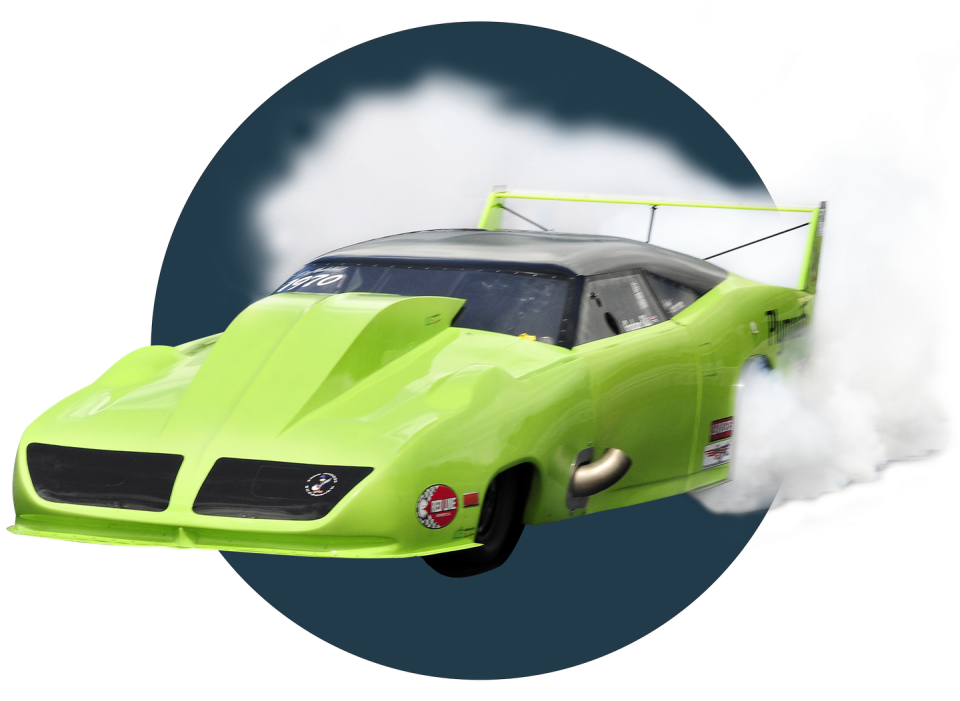
Graham Ellis

It turned out to be a bad couple of years for English drag racer Graham Ellis. In 2013, the one-time pub landlord crashed his stunning (and unsponsored) Plymouth Superbird Pro Modified racer at Santa Pod Raceway at something like 165 mph, breaking his neck. (Watch it on YouTube. On second thought, don't.) Then, in 2015, Ellis was convicted of importing 26 kilograms of heroin and cocaine into the U.K., hidden (although not well enough) in a shipping truck. His son Gareth, along with a couple of other associates, also received jail terms resulting from the bust.
Note to young racers: If you learn one thing from this series of vignettes, let it be that under no circumstances should you get involved in the drug trade with your father. Or your brother. Or anyone.
You Might Also Like

 Yahoo Autos
Yahoo Autos 